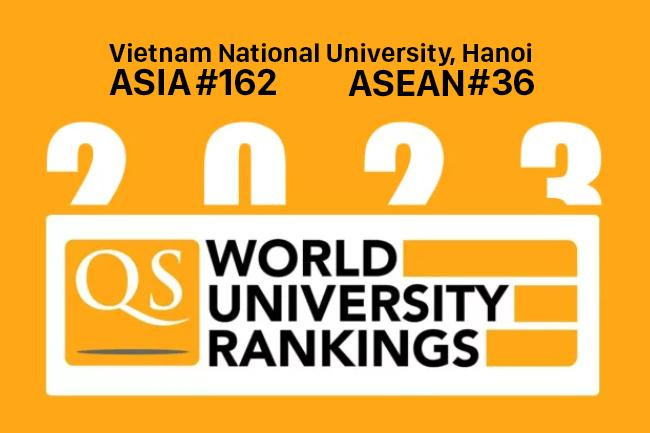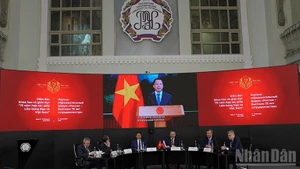The highest ranking in Vietnam went to Ton Duc Thang Univerisity, at 138th place, closely followed by the Duy Tan Univerisity, Vietnam National University-Hanoi and Vietnam National University-Ho Chi Minh City at 145th, 162nd and 167th position, respectively.
Hanoi University of Science and Technology is placed 248th. Hue University ranks in the 351-400 group, University of Economics Ho Chi Minh City in 401-450 and University of Da Nang in 501-550.
The remaining Vietnamese universities in the 2022 rankings are Can Tho University and Hanoi National University of Education in the group of 551-600 and the Industrial University of Ho Chi Minh City in the 651-700 group.
Featuring 760 Asian universities, the 2023 rankings of the top Asian universities are the biggest to date, QS stated.
This year, Peking University takes the top spot. It is followed by National University of Singapore and Tsinghua University of China.
Published annually since 2009, QS Asia University Rankings highlights the top universities in Asia each year using 11 indicators: academic reputation (30 percent), employer reputation (20 percent), faculty/student ratio (10 percent), international research network (10 percent), citations per paper (10 percent) and papers per faculty (5 percent), staff with a PhD (5 percent), proportion of international faculty (2.5 percent) and proportion of international students (2.5 percent), proportion of inbound exchange students (2.5 percent) and proportion of outbound exchange students (2.5 percent).
















